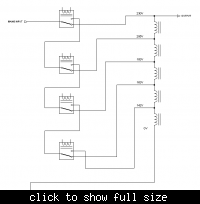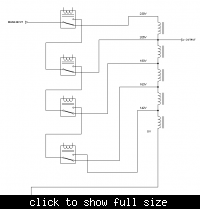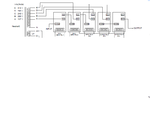KerimF
Advanced Member level 5
- Joined
- May 17, 2011
- Messages
- 1,556
- Helped
- 376
- Reputation
- 760
- Reaction score
- 379
- Trophy points
- 1,373
- Location
- Aleppo city - Syria
- Activity points
- 13,106
Hi Tahmid,
Just to be sure, what is the input range? and is the output 200/205 - 230/236 or 200/205 - 224/230 ?
I didn't redesigned it again using uC since the demand is rather low since many years.
I work lately on controllers for the industry (high power using bi-thyristors).
Just to be sure, what is the input range? and is the output 200/205 - 230/236 or 200/205 - 224/230 ?
I didn't redesigned it again using uC since the demand is rather low since many years.
I work lately on controllers for the industry (high power using bi-thyristors).
Last edited:



